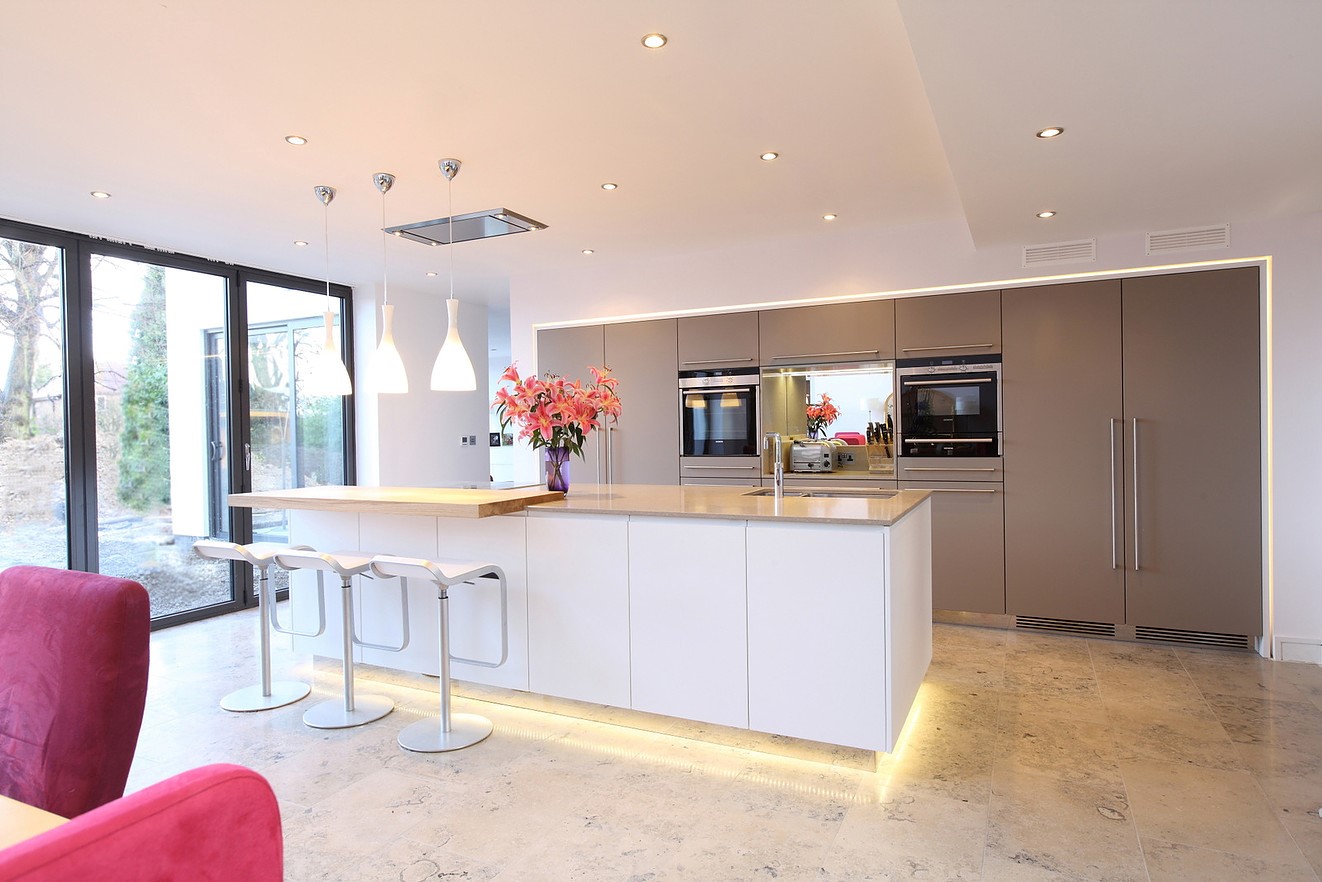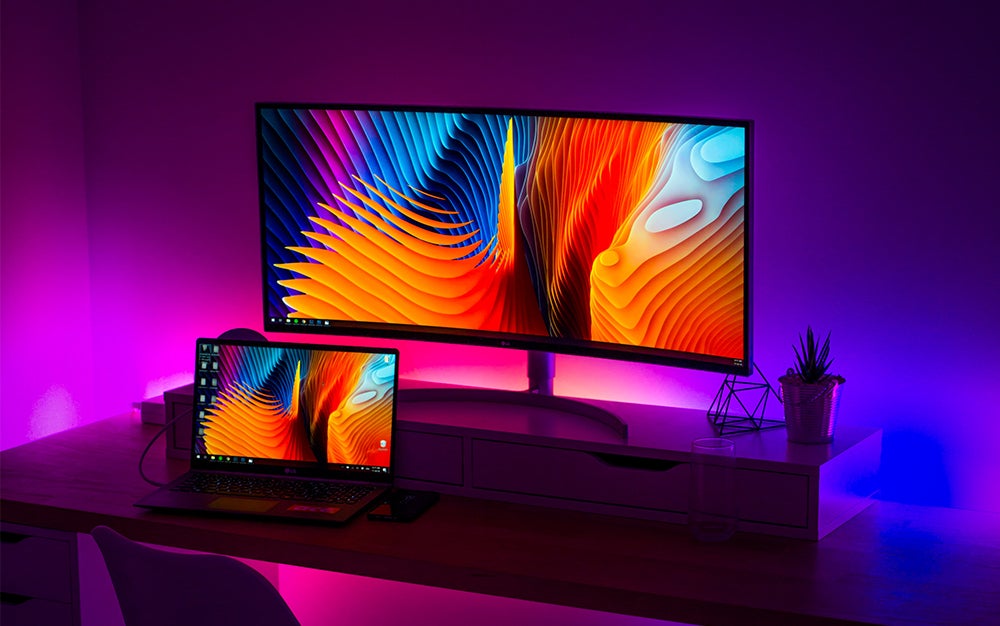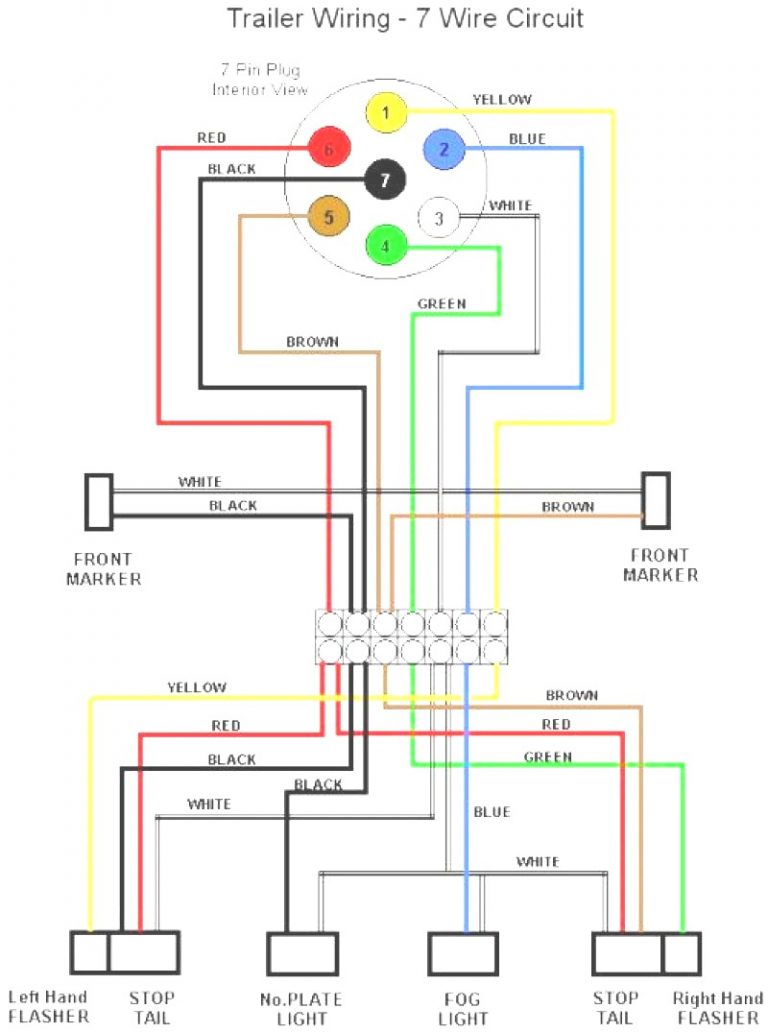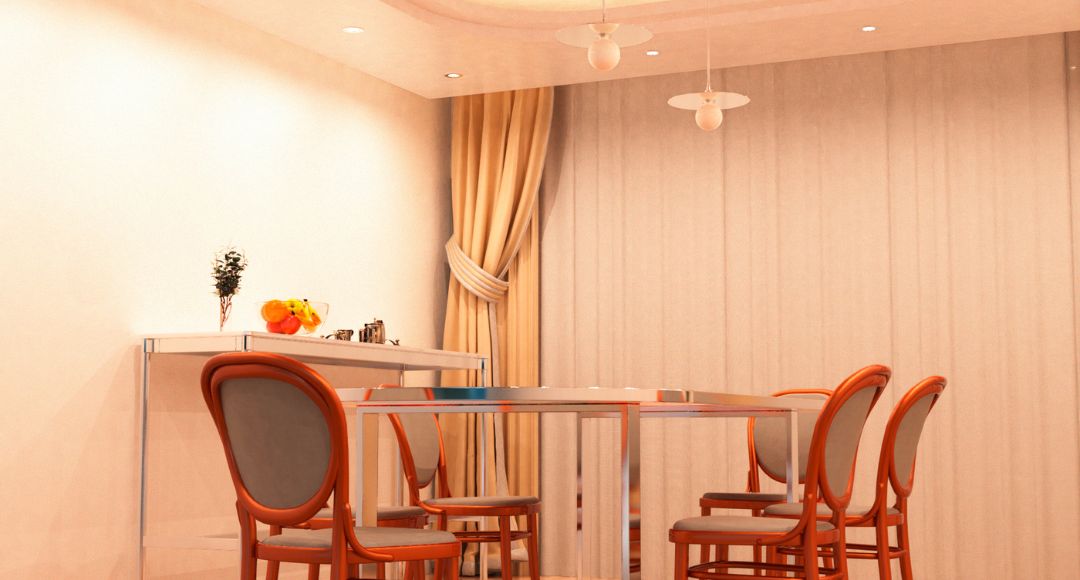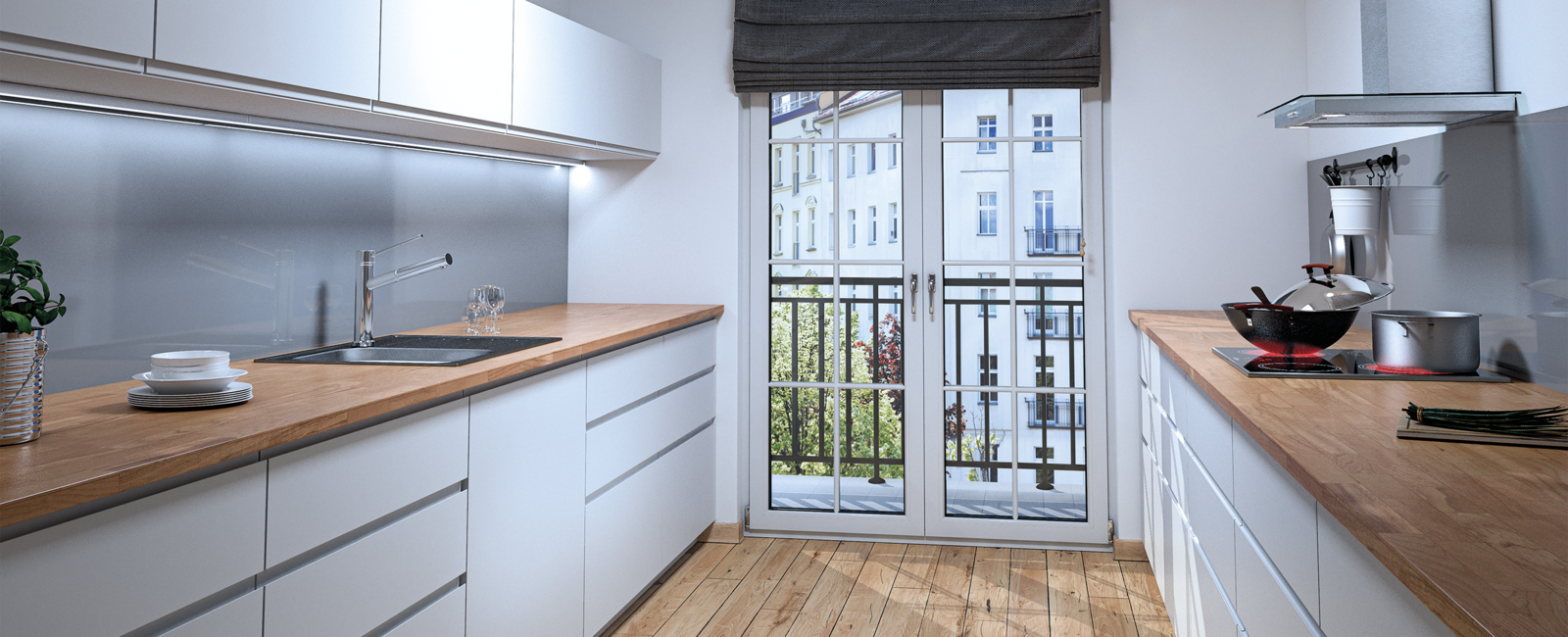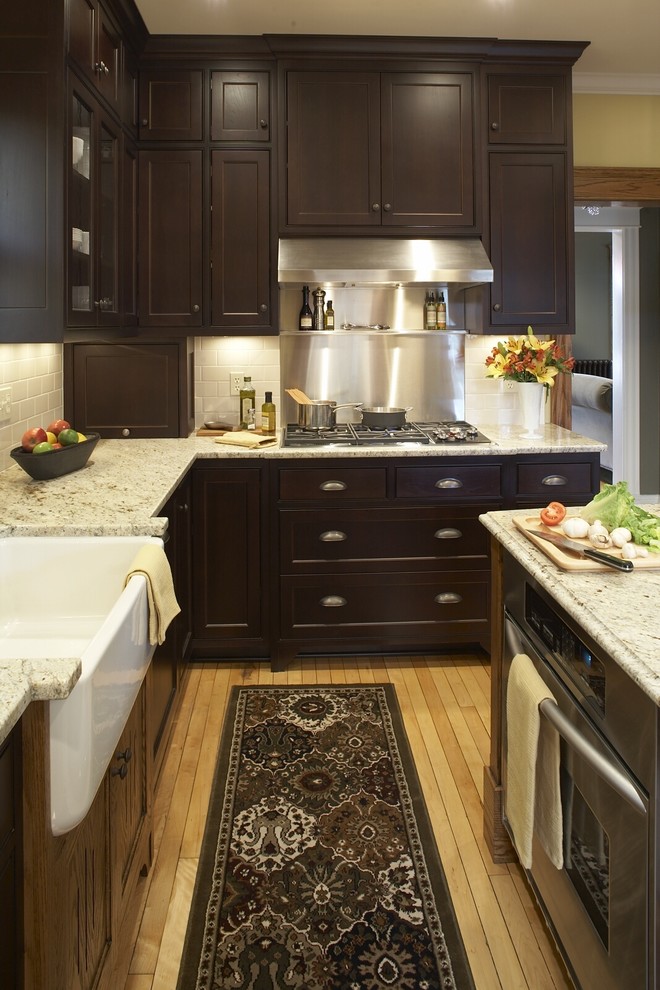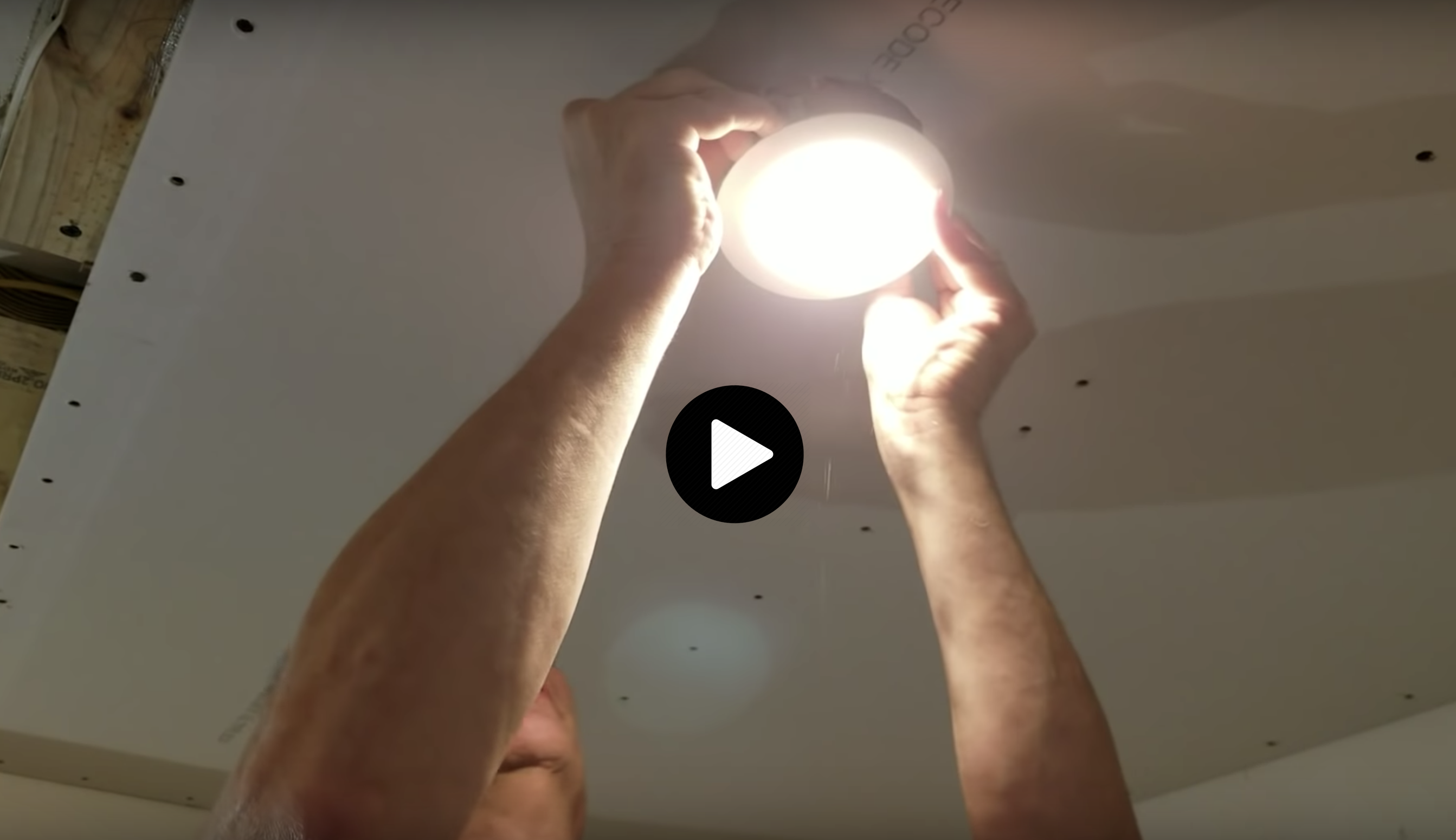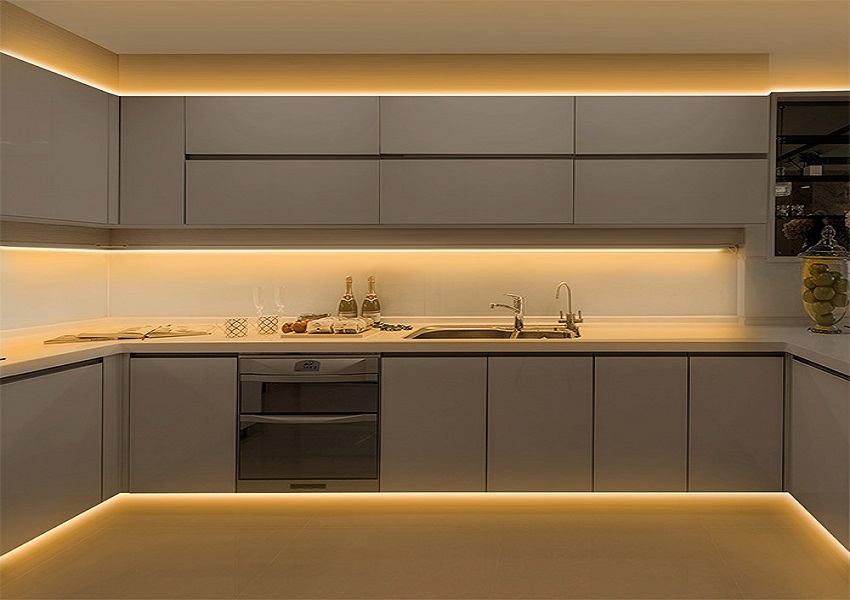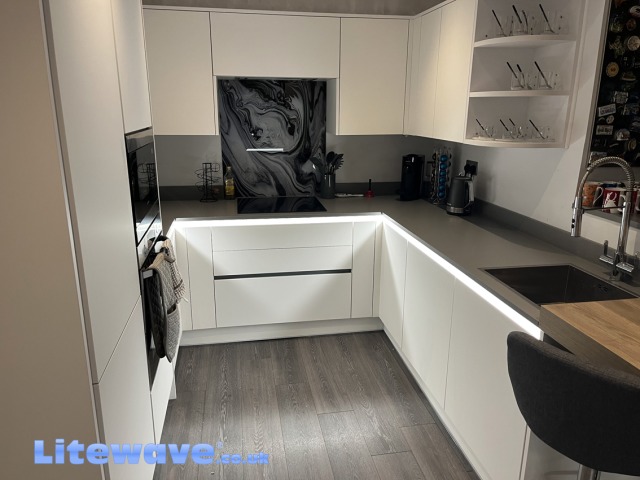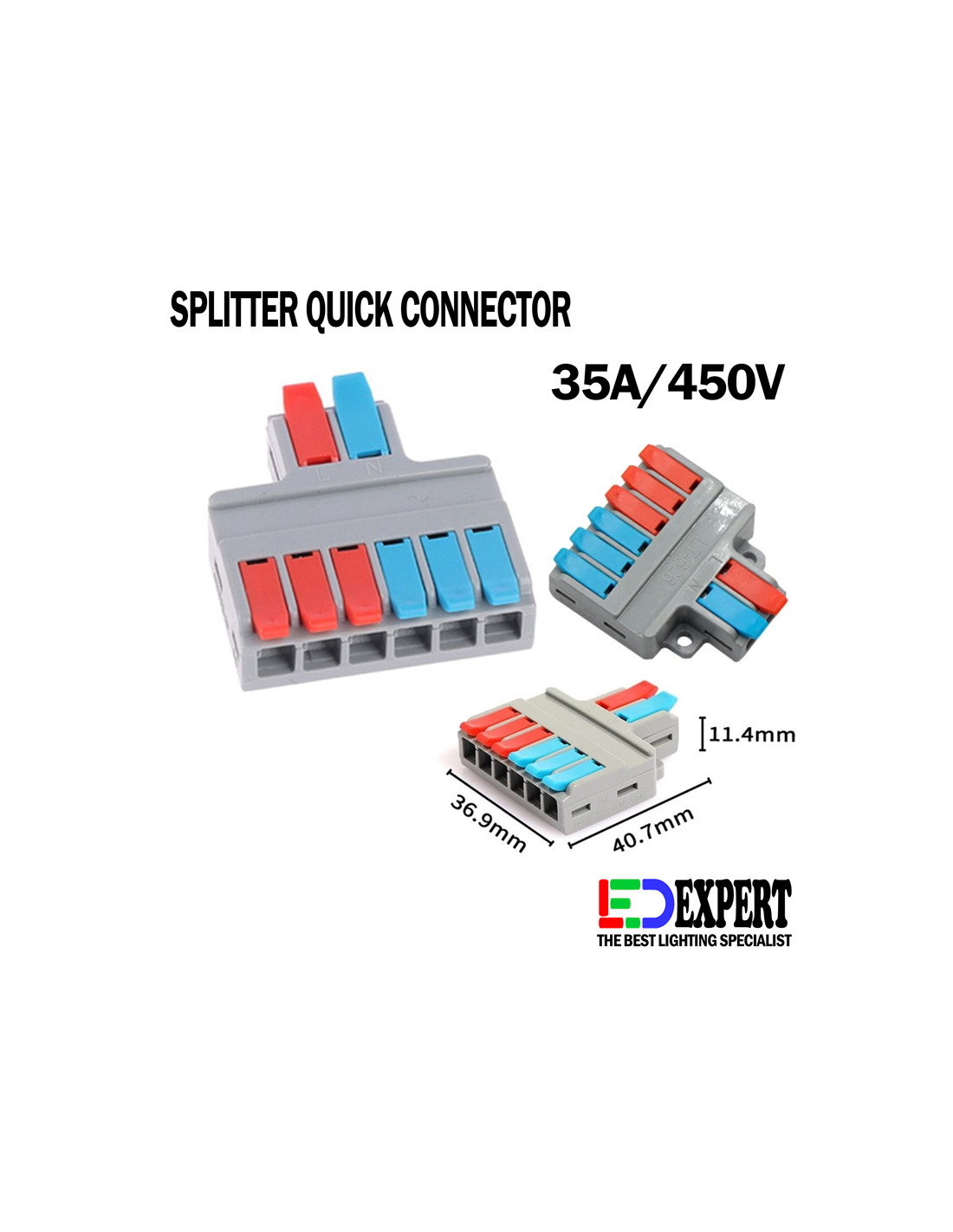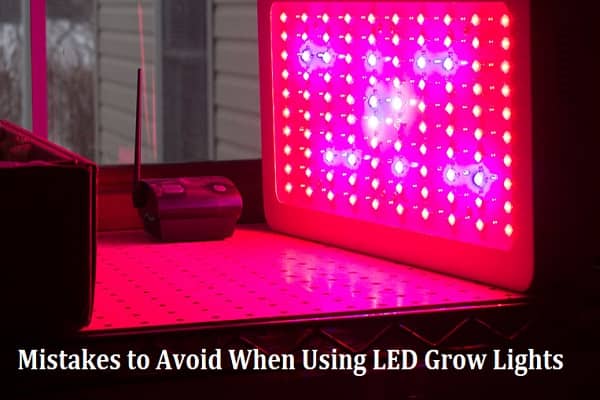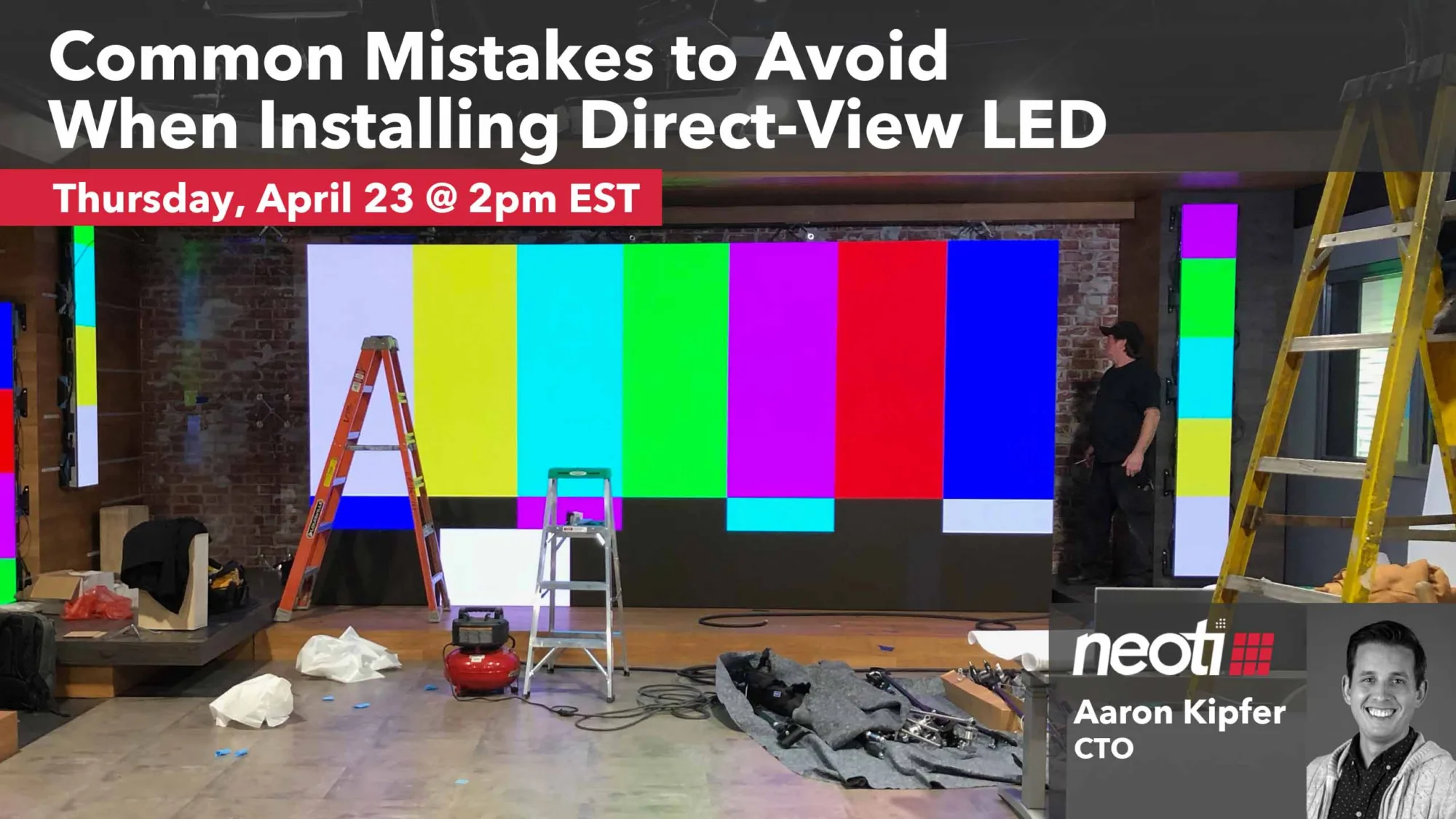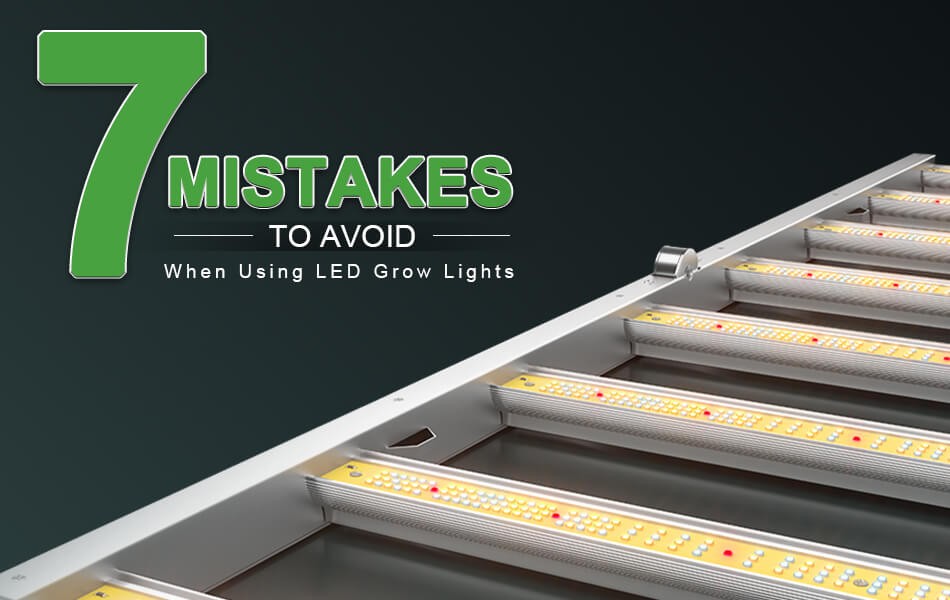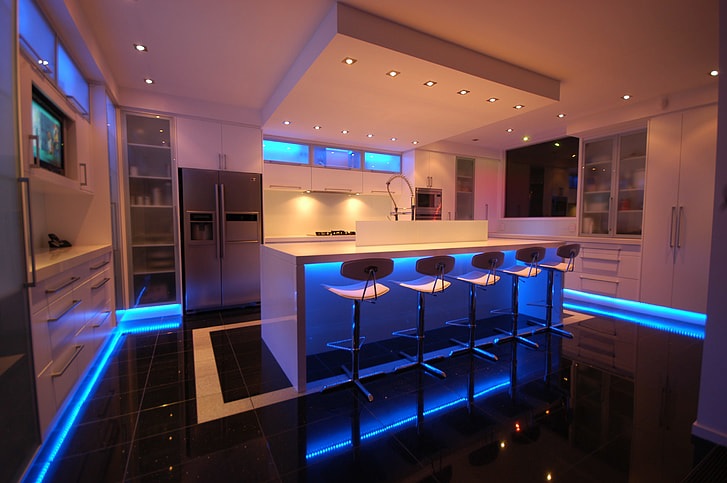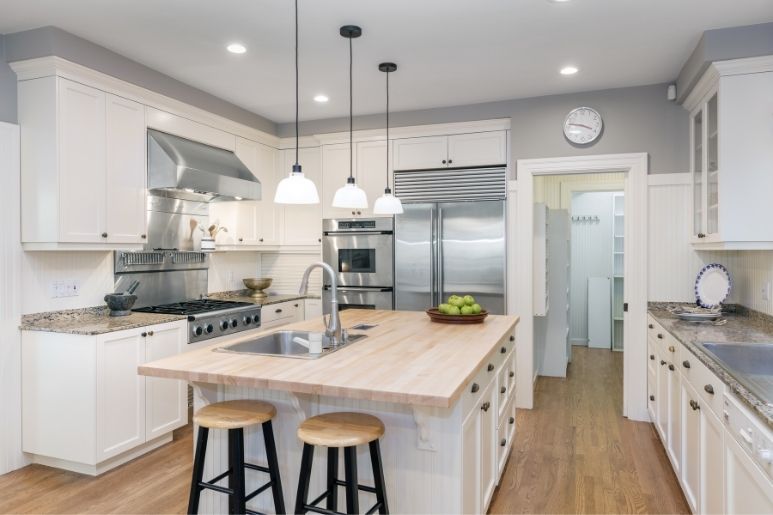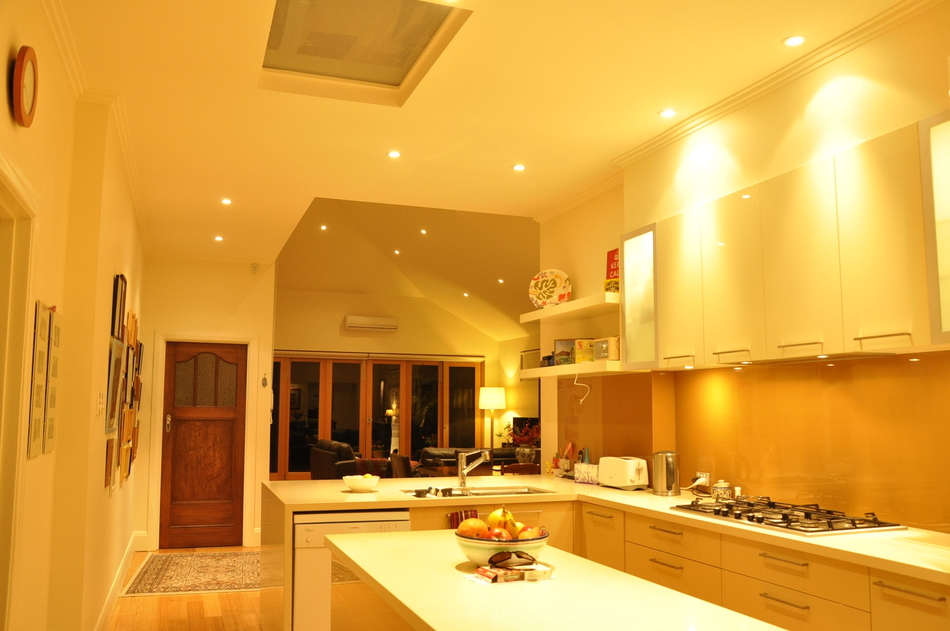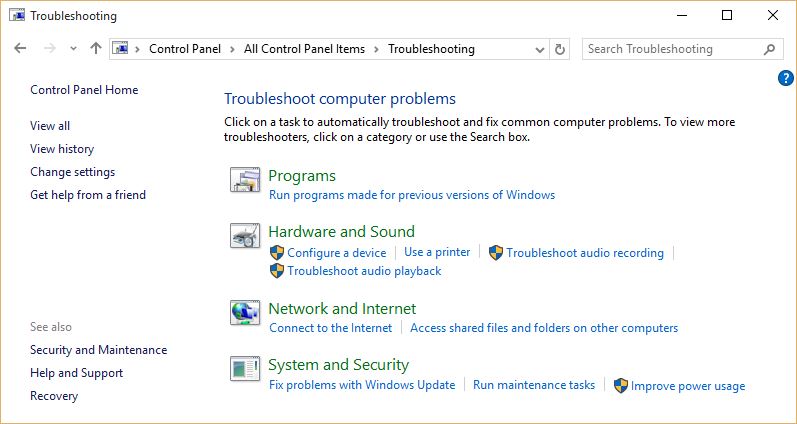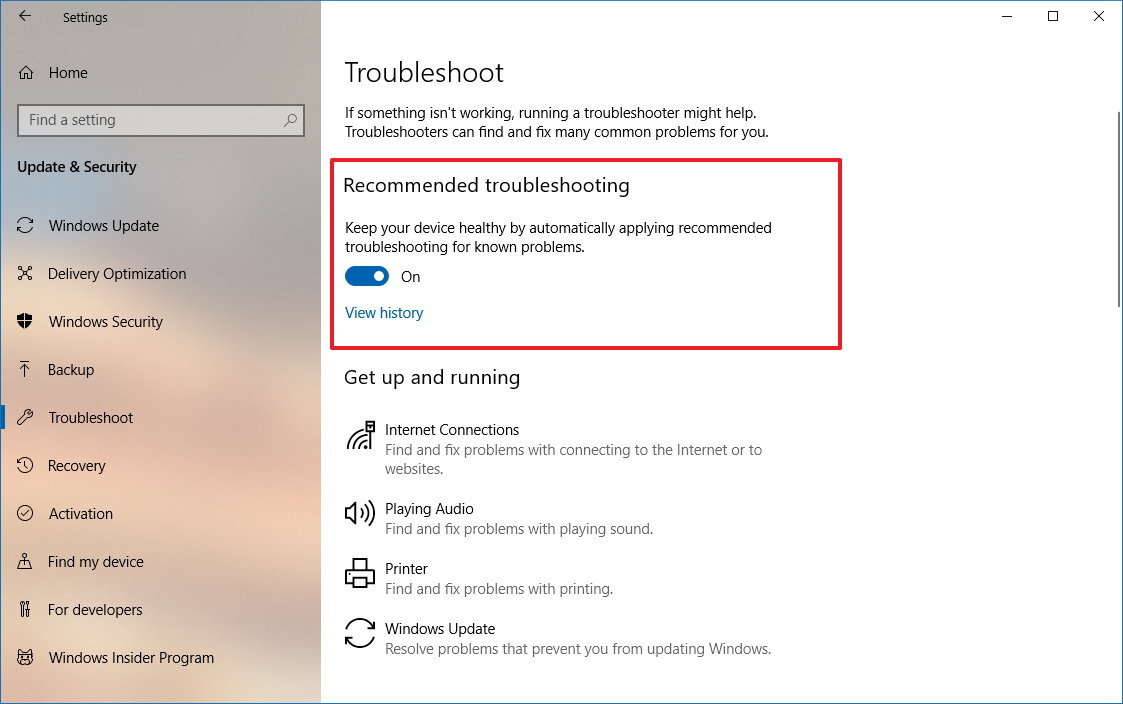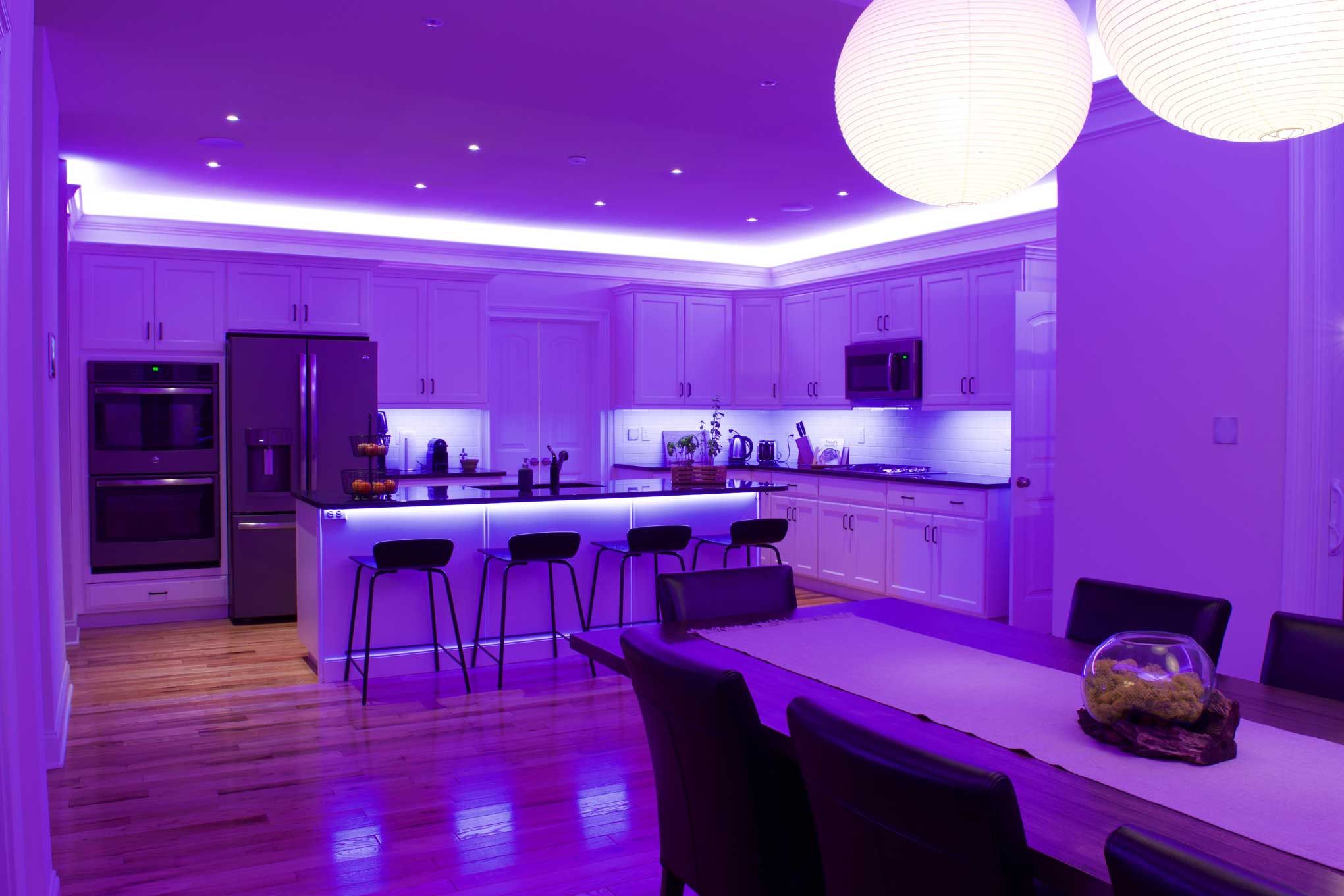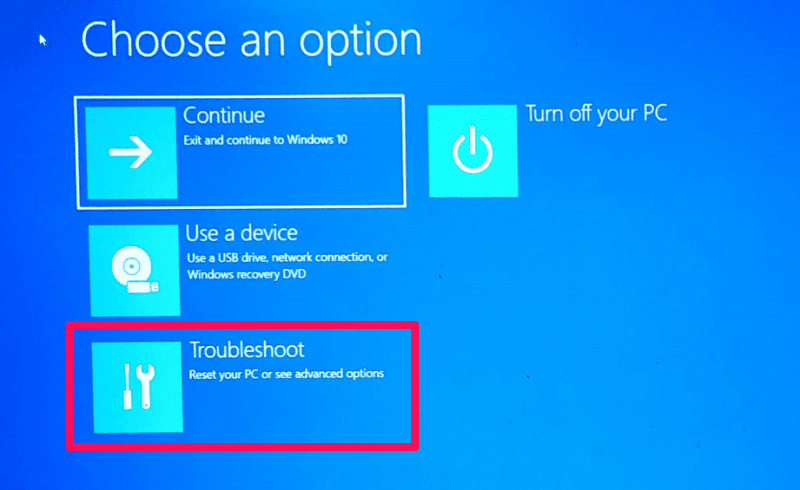1. How to Install LED Lights in Your Kitchen
Are you looking to upgrade your kitchen lighting to something more energy-efficient and modern? LED lights are a great choice, providing bright and long-lasting illumination while also saving on your electricity bill. Plus, with the right tools and a little know-how, you can easily install these lights yourself. Follow our step-by-step guide to learn how.
2. Step-by-Step Guide for Installing Kitchen LED Lights
The first step to installing LED lights in your kitchen is to gather all the necessary tools and materials. You will need a ladder, a drill, screws, a screwdriver, a pencil, a measuring tape, wire strippers, and of course, the LED lights and their corresponding power supply. Once you have everything, follow these steps:
Step 1: Measure and mark the placement of your LED lights on the ceiling. Make sure to space them evenly and consider any obstacles like cabinets or vents.
Step 2: Drill holes in the marked spots and insert the screws. Use wall anchors if necessary.
Step 3: Connect the power supply to the LED lights, following the manufacturer's instructions. Make sure to turn off the power to the room before doing any wiring.
Step 4: Carefully secure the lights to the screws using the mounting clips provided.
Step 5: Turn the power back on and test the lights to make sure they are working.
3. DIY Kitchen LED Light Installation Tutorial
If you're a fan of DIY projects, then installing LED lights in your kitchen is the perfect task for you. Not only will you save money on hiring a professional, but you also get the satisfaction of completing the project yourself. Just make sure to follow these tips:
Tip 1: Plan out the placement of your lights beforehand to avoid any mistakes.
Tip 2: Use a level to ensure your lights are installed straight.
Tip 3: Use wire strippers to properly strip the wires before connecting them.
Tip 4: Test the lights before securing them to the ceiling to avoid having to redo any steps.
4. Best Practices for Installing LED Lights in Your Kitchen
When it comes to installing LED lights in your kitchen, there are a few best practices to keep in mind to ensure a successful installation:
Practice 1: Use LED lights that are specifically designed for use in kitchens. They are more durable and resistant to moisture and heat.
Practice 2: Make sure to turn off the power to the room before doing any wiring to avoid electric shocks.
Practice 3: Use a voltage tester to confirm that the power is off before starting to work.
Practice 4: Choose the right size and brightness of LED lights for your kitchen. Consider the size of the room and the amount of light you need for the space.
5. Tips for Installing Kitchen LED Lights on a Budget
LED lights may be more expensive upfront than traditional lighting options, but they are more cost-effective in the long run due to their energy efficiency and long lifespan. However, if you're on a budget, here are some tips to help you save even more:
Tip 1: Buy LED lights in bulk to get a discount.
Tip 2: Look for sales or discounts on LED lights at your local hardware store or online.
Tip 3: Consider using LED light strips instead of individual lights to cover a larger area at a lower cost.
Tip 4: Install a dimmer switch for your LED lights to save on energy consumption and further reduce your electricity bill.
6. Common Mistakes to Avoid When Installing Kitchen LED Lights
While installing LED lights in your kitchen may seem like a simple task, there are some common mistakes that you should avoid to ensure a smooth and successful installation:
Mistake 1: Not turning off the power before starting work.
Mistake 2: Incorrectly measuring and marking the placement of the lights.
Mistake 3: Using the wrong tools or materials for the installation.
Mistake 4: Not following the manufacturer's instructions for wiring and connecting the lights.
7. How to Choose the Right LED Lights for Your Kitchen
With so many options available, it can be overwhelming to choose the right LED lights for your kitchen. Here are some factors to consider when making your selection:
Factor 1: Color temperature - LED lights come in a variety of color temperatures, from warm to cool. Consider the atmosphere you want to create in your kitchen and choose accordingly.
Factor 2: Brightness - LED lights come in different brightness levels, so consider the size of your kitchen and the amount of light you need before making a purchase.
Factor 3: Lifespan - Look for LED lights with a long lifespan to avoid having to replace them frequently.
Factor 4: Energy efficiency - Choose LED lights with a high energy efficiency rating to save on your electricity bill.
8. Tools and Materials Needed for Installing Kitchen LED Lights
To make sure you have everything you need for a successful LED light installation, here is a list of the necessary tools and materials:
Tools: Ladder, drill, screws, screwdriver, pencil, measuring tape, wire strippers
Materials: LED lights, power supply, mounting clips, wall anchors (if needed)
9. Safety Precautions for Installing Kitchen LED Lights
When working with electricity, it's important to take safety precautions to avoid any accidents. Here are some safety tips to keep in mind when installing LED lights in your kitchen:
Safety Tip 1: Turn off the power to the room before starting any work.
Safety Tip 2: Use a voltage tester to confirm that the power is off.
Safety Tip 3: Wear safety glasses to protect your eyes from debris or sparks.
Safety Tip 4: If you're unsure about any steps, consult an electrician for assistance.
10. Troubleshooting Common Issues When Installing Kitchen LED Lights
Even with proper planning and precautions, issues may arise during the installation process. Here are some common issues and their solutions:
Issue 1: LED lights not turning on - check the wiring and make sure the power supply is connected correctly.
Issue 2: Lights flickering or dimming - this could be due to a loose connection, so check and tighten all wires.
Issue 3: Lights not bright enough - consider using brighter LED lights or adding more lights to the space.
Issue 4: Lights not evenly spaced - measure and mark the placement of the lights more accurately before drilling.
With these tips and guidelines, you can easily install LED lights in your kitchen and enjoy the many benefits they offer. Remember to always prioritize safety and follow the manufacturer's instructions for the best results. Happy installing!
Transform Your Kitchen with LED Lighting

Enhance Your Kitchen Design with LED Lights
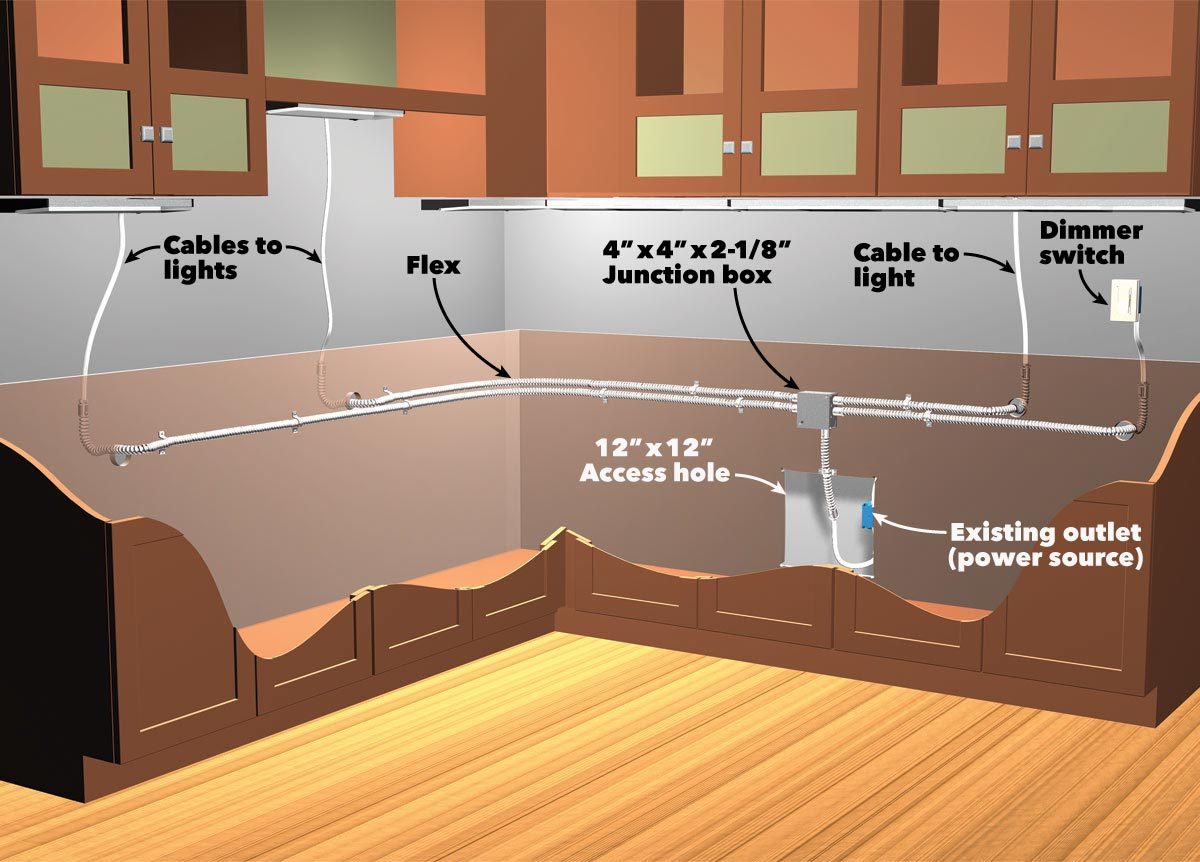 The kitchen is often the heart of the home, a place where family and friends gather to share meals and special moments. As such, it's important to create a space that is not only functional but also visually appealing. One way to achieve this is by incorporating
LED lighting
into your kitchen design. Not only does this modern lighting option provide better illumination, but it also adds a touch of sophistication and elegance to your space.
The kitchen is often the heart of the home, a place where family and friends gather to share meals and special moments. As such, it's important to create a space that is not only functional but also visually appealing. One way to achieve this is by incorporating
LED lighting
into your kitchen design. Not only does this modern lighting option provide better illumination, but it also adds a touch of sophistication and elegance to your space.
Benefits of LED Lights
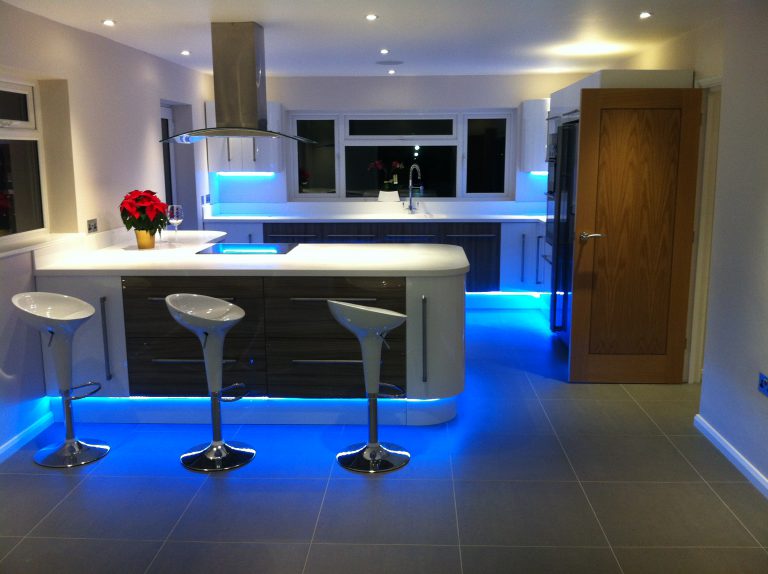 LED lights have gained popularity in recent years for their numerous benefits. Unlike traditional incandescent bulbs, LED lights are energy-efficient and have a longer lifespan. This means you'll not only save on your electricity bill, but you'll also have to replace your bulbs less frequently. Additionally, LED lights are available in a variety of colors, making it easier to
customize
the lighting in your kitchen to suit your personal style and mood.
LED lights have gained popularity in recent years for their numerous benefits. Unlike traditional incandescent bulbs, LED lights are energy-efficient and have a longer lifespan. This means you'll not only save on your electricity bill, but you'll also have to replace your bulbs less frequently. Additionally, LED lights are available in a variety of colors, making it easier to
customize
the lighting in your kitchen to suit your personal style and mood.
Installation Tips
 Installing
kitchen LED lights
may seem like a daunting task, but it can easily be done with a few simple steps. The first step is to decide on the type of LED lights you want to use. Some popular options include strip lights, puck lights, and recessed lights. Next, measure your kitchen space and determine the number of lights you'll need. It's important to evenly space out the lights to ensure proper lighting in all areas of your kitchen.
Before starting the installation process, it's crucial to turn off the power to your kitchen's lighting circuit. This will prevent any accidents from occurring. Then, follow the instructions provided by the manufacturer to install the lights in your desired locations. Once all the lights are installed, turn the power back on and enjoy your newly illuminated kitchen.
Installing
kitchen LED lights
may seem like a daunting task, but it can easily be done with a few simple steps. The first step is to decide on the type of LED lights you want to use. Some popular options include strip lights, puck lights, and recessed lights. Next, measure your kitchen space and determine the number of lights you'll need. It's important to evenly space out the lights to ensure proper lighting in all areas of your kitchen.
Before starting the installation process, it's crucial to turn off the power to your kitchen's lighting circuit. This will prevent any accidents from occurring. Then, follow the instructions provided by the manufacturer to install the lights in your desired locations. Once all the lights are installed, turn the power back on and enjoy your newly illuminated kitchen.
Final Thoughts
 Incorporating
LED lighting
into your kitchen design is a simple and cost-effective way to elevate the overall look and feel of your space. With its energy efficiency, versatility, and modern appeal, it's no wonder that LED lights have become a popular choice for homeowners. So why not take the first step towards transforming your kitchen with LED lights today? Your friends and family will surely be impressed with the results.
Incorporating
LED lighting
into your kitchen design is a simple and cost-effective way to elevate the overall look and feel of your space. With its energy efficiency, versatility, and modern appeal, it's no wonder that LED lights have become a popular choice for homeowners. So why not take the first step towards transforming your kitchen with LED lights today? Your friends and family will surely be impressed with the results.



